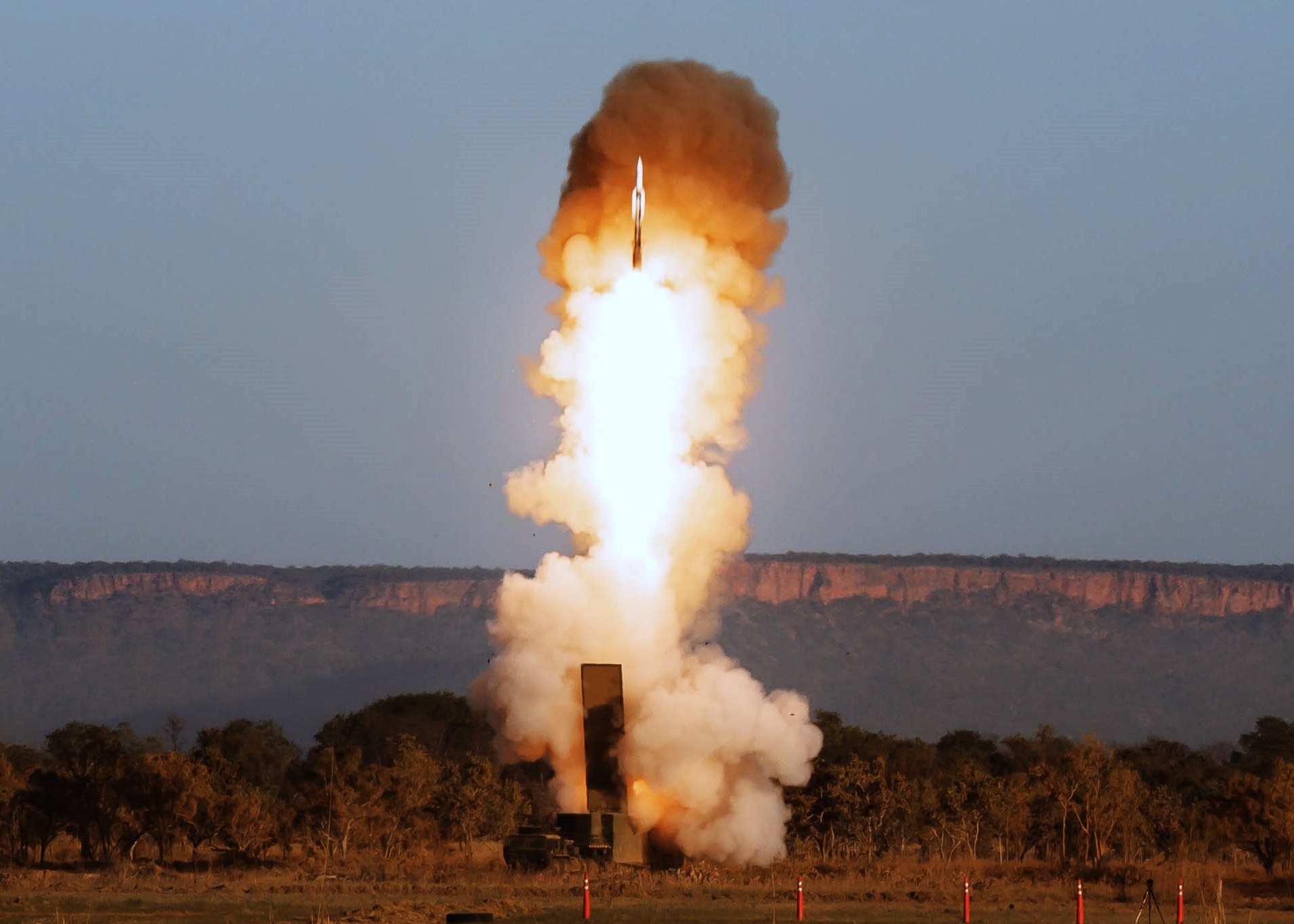Summary
The United States has deployed two missile systems, the Typhon and NMESIS, in Japan for military exercises. These systems can target areas near China's coastline and other regions, leading China to express security concerns. The deployments are part of a joint exercise with Japan and aim to improve crisis response capabilities in the region.
Key Facts
- The U.S. deployed the Typhon missile system in Japan, capable of long-range strikes that can reach China's coastline.
- China criticized this deployment, saying it increases the chance of an arms race and threatens regional security.
- The Typhon system includes the Standard Missile-6 and Tomahawk, with ranges of 290 miles and 1,000 miles, respectively.
- In July, a Standard Missile-6 showed its ability to hit naval targets from the Typhon system during an exercise in Australia.
- Japan is strategically important for these deployments because it is part of the First Island Chain, which deters aggression.
- The deployments are part of Exercise Resolute Dragon 25, a joint military exercise between the U.S. and Japan.
- Another U.S. system, NMESIS, was deployed on Ishigaki Island, Japan, near Taiwan, enhancing naval strike capabilities.
- China urged the U.S. and Japan to remove the Typhon system, citing threats to peace and stability in the region.
